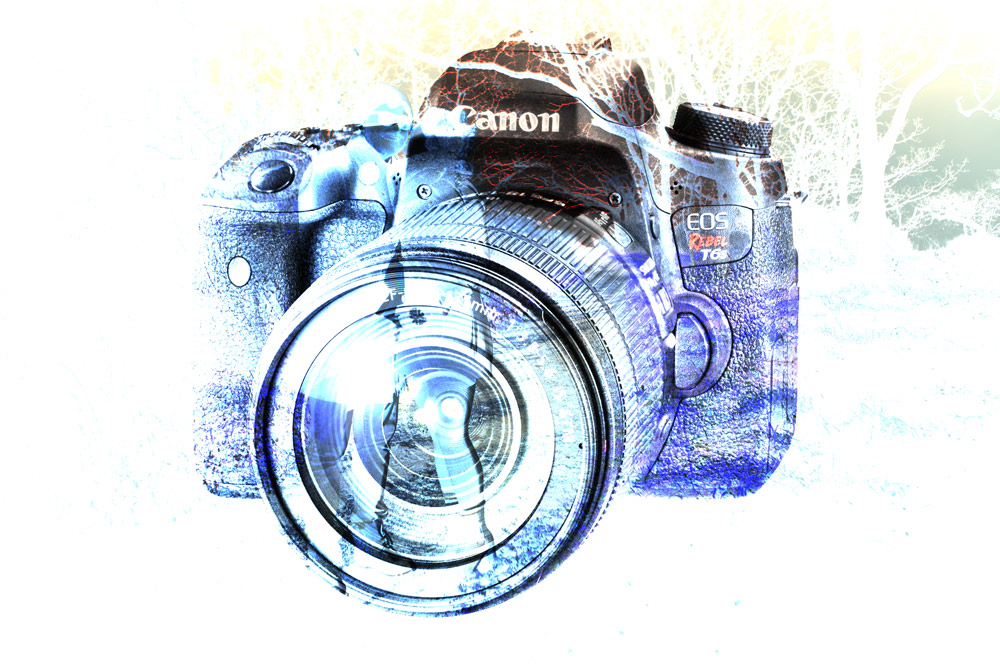 Photography has come a long way in the last twenty years, and nowadays, just about anyone can afford to get their hands on a pretty powerful piece of photo-snapping equipment. But purchasing a camera is only the first step. In order to take decent photos, there are three factors you need to understand, because together, they determine the exposure of an image. They are Shutter speed, Aperture, and ISO. Many cameras now automate one or more of these functions, but when an image doesn’t come out the way you’re hoping, it is important to understand how you can manipulate these numbers to get exactly what you want. These three features are the tools you can adjust to get the best photos out of each lighting situation.
Photography has come a long way in the last twenty years, and nowadays, just about anyone can afford to get their hands on a pretty powerful piece of photo-snapping equipment. But purchasing a camera is only the first step. In order to take decent photos, there are three factors you need to understand, because together, they determine the exposure of an image. They are Shutter speed, Aperture, and ISO. Many cameras now automate one or more of these functions, but when an image doesn’t come out the way you’re hoping, it is important to understand how you can manipulate these numbers to get exactly what you want. These three features are the tools you can adjust to get the best photos out of each lighting situation.
I get asked a lot about these functions from fresh photographers, so I decided to do a blog post on them. Hope you find this helpful! Feel free to contact me with any questions.
Shutter Speed
We’ll start with the easiest to understand. Shutter speed is exactly what you think it is, the speed at which your shutter opens and closes, in order to capture an image. In an SLR, you can actually hear your shutter moving, so it is an easy one to grasp. Shutter speed is determined by the camera, not the lens, and just about any camera on the market has the range of shutter speeds to suit any needs. The faster the shutter speed, the shorter the exposure. A quick shutter speed, one over 1/250th of a second, lets in less light than a slower one, and takes a clearer image. That means that if you’re shooting a moving object, you want to increase your shutter speed to avoid blur. When looking at the numbers on your camera’s display, the number 100 actually means 1/100th of a second. As you decrease the number, you’ll notice that it eventually becomes 0.1″, 0.2″ etc. Those numbers are now referring to actual seconds. While a quick shutter is good for sports, a slow shutter is perfect for long-exposure photography where you require the camera to take in lots of extra light, like night photography. Note that in order to get clear photos with a slow shutter, a tripod is required.
Summary:
A slow shutter speed (1/10th) stays open longer and therefor lets in more light, but can cause images to be blurry.
A quick shutter speed (1/250th) allows for clearer images to be captured, but requires more light, since the shutter is only open briefly.
Aperture
Aperture is measured in stops known as F-stops. The lower the F-stop, the more light your lens is letting into the camera, and the narrower your depth of field becomes. F-stops are determined by the lens, not the camera. One of the reasons why lenses vary so much in price is because higher-end lenses have the ability to stop down lower than cheaper ones, giving the photographer the ability to shoot clearly in lower light. A lens that can be stopped down to F1.8 will be able to shoot at a faster shutter speed in lower light, and still get a well-exposed photo. Aperture works similar to your eye. An aperture ring that is able to open wider (lower F-stops), can let more light into the camera, just the same as when your pupils dilate in the dark, widening to take in more light. If you’re shopping for lenses, and you’re looking for something that you won’t outgrow quickly, make sure the lens goes down to at least F2.8.
As the F-stop gets lower, the background and the foreground of your image get blurrier because the depth of field is becoming narrower. A lens that shoots at F1.2 can shoot in extremely low light, but has such a narrow depth of field that a person’s nose can be in focus, while their eyes are not. This is not always the desired effect, so in order to get everything you want in focus, you might need to increase the F-stop. That means there needs to be more light, and if there isn’t, you need to decrease the shutter speed.
Summary:
A low F-stop (F2.8) creates a narrower depth of field but lets in more light.
A higher F-stop creates a wider depth of field but requires more light.
A lens that achieves a lower F-stop is both more expensive and more desirable because it can be used in very low light.
ISO
ISO is the only tool of the three that pertains to digital cameras only, because the image sensor in a digital camera works differently than one placing an image onto film. ISO (which stands for International Standard of Operation) refers to the sensitivity of the sensor within your camera. Obviously, it is determined by the camera, not the lens. A camera that has a larger image sensor is able to be more sensitive, and therefor has the ability to go up to a higher ISO. Generally 100 is the lowest ISO, and the number goes up in increments of one hundred. In an older digital SLR, 800 will be high, but in newer cameras, the ISO can go up to 16,000 and beyond. The higher you push your ISO, the more light the camera is forcing in, but the noisier your images get. It is important to play around with the ISO on your camera and figure out at what point you begin to see noise, so that you can avoid it in an image that it is not desired. This noise reduces the detail of a photo by making the image appear grainy and uneven.
Summary:
The ISO function is only used to force an image sensor to take in more light. Achieving the lowest ISO possible is always best. ISO is only pushed up as it is needed, because the higher it goes, the more the potential for visible grain in your image.
Understanding the Relationship
Ultimately, these features become most important when you find yourself in a situation with too little or too much light. When you’re dealing with less light than you’d like, you need to think about pushing up your ISO, but not to the point of noise, lowering your Aperture, but making sure everything you need in focus still is, and lowering you shutter speed, just to the point where things are still clear. In a situation with too much light, you need to consider lowering your ISO as far as it will go, keeping your F-stop where it is, so that you can get the desired depth of field, and speeding up your shutter until your camera is letting in just the right amount of light.
Because Aperture is not only used for exposure, but also for depth of field, it should be the function that you adjust last, when trying to get the right exposure.


This is your Mom writing, Caroline. Awesome teaching!